IndiaWilds Newsletter Vol. 4 Issue IX
Aseem’s Cartoons: Popular Misperceptions about Wildlife
The Government of India has been thoroughly panned by civil society and others for trying to throttle the freedom of expression when a cartoonist Aseem Trivedi was put behind bars.
After looking at his cartoons, I must say that there are certain pointers for conservationists as well.
Our National Emblem is an adapted version of the lions of Sarnath. In one of the cartoons, he had replaced the lions from our national emblem with wolves with blood dropping from their mouth and on the abacus below instead of the words Satyameva Jayate, he wrote Bhrastameva Jayate.
The original lions of Sarnath were standing back-to-back on an abacus with only three visible. This cylindrical abacus has an Elephant, bull, galloping horse and lion which were supposed to represent different phases of Buddhas life with the lion indicating nirvana. Other interpretations suggest that the four lions facing four different directions indicating Ashokas rule over all the four directions.
In another cartoon of this artist, under the caption National Bird, a vulture is shown with drops of blood from its mouth.
The Vulture is shown as unethical predator as opposed to be the beautiful peacock. Perhaps the first problem came from Pandit Nehru himself, as he shot down the suggestion of making the Great Indian Bustard as our National Bird as he felt that Indians with their proclivity to mis-spell are going to cause immense harm. Apart from being the vehicle of God Kartikeya, the peacock is beautiful and won the nod over other birds. Vultures, on the other hand, despite their immense contribution to the ecosystem by being the scavengers and keeping our world clean are being considered as bad omen or harbingers of death. Even though the diclofenac induced vulture deaths had hogged the limelight some time back, the people at large couldnt be educated on the importance of vultures in keeping our ecosystem healthy.
Are we only going to take up issues, which affect our livelihoods? Can the conservationists not take up holistic issues like this emanating from our culture and/or popular perceptions which in-turn affects nature conservation? This may not help us in earning some brownie points by blasting the authorities, however, preservation of our wildlife and wilderness areas is a long drawn battle and requires the combined effort of all.
Wild India: Sambar attacking wild dogs
A unique account of Sambar (Cervus unicolor) attacking dholes (Cuon alpinus) in Bandipur Tiger Reserve.
http://www.indiawilds.com/diary/wild-india-sambar-attacking-wild-dogs/
Conservation News:
Narcondam Hornbills saved:
http://indiawilds.com/forums/showthread.php?t=10717
Tiger killed in Itanagar Zoo
Zoos have outlived their utilities long back. And now, zoos have become easy hunting grounds for poachers. In a shocking incident, a six year old tiger has been killed in the Itanagar zoo. For further details please check in our Abolish Zoos article and discussion at the following link:http://www.indiawilds.com/forums/showthread.php?t=109
Ban on Plastic bags in Delhi:
http://indiawilds.com/forums/showthread.php?t=10746
Tamil Nadu Budget allocation for greening of eastern Ghats:
http://indiawilds.com/forums/showthread.php?t=10659
Hessarghatta Grasslands:
http://indiawilds.com/forums/showthread.php?t=10698
Sounds of Nature :
We have created a new section in the IndiaWilds forums to document and share biophony and geophony. We invite all nature sound recordists, both professional and amateurs to share their recordings and increase our knowledge of natural history. http://indiawilds.com/forums/forumdisplay.php?s=&daysprune=-1&f=29
Flora & Fungi:
IndiaWilds is pleased to announce another new section devoted to documenting and showcasing our Flora & Fungi, many of which are moving into extinction without being noticed or talked about. Inviting our naturalists, photographers, researchers and other interested people to help in documenting the amazing flora and fungi of India.http://www.indiawilds.com/forums/forumdisplay.php?f=30
Natural History:
Country Notebook: M Krishnan a compilation
http://indiawilds.com/forums/showthread.php?t=8852
‘A Call in the Rainforest’ nominated for Wildlife Vaasa Festival, Finland:
The first production of IndiaWilds, A Call in the Rainforest Nominated for special awards in Wildlife Vaasa Festival 2012, Finland. http://www.indiawilds.com/diary/nominated-for-special-awards-in-wildlife-vaasa-festival-finland/
Wildlife Photography:
A Bat by Sameer Ghodke
http://www.indiawilds.com/forums/showthread.php?t=10700
Jungle Cat with Coucal kill by Sucheth Lingachar
http://www.indiawilds.com/forums/showthread.php?t=10609
Tigers of Tadoba by Praveen Siddannavar
http://www.indiawilds.com/forums/showthread.php?t=10650
Purple rumped Sunbird by Jitendra Katre
http://www.indiawilds.com/forums/showthread.php?t=10744
Hanging parrot by Jitendra Katre
http://www.indiawilds.com/forums/showthread.php?t=10719
Tickells Blue Flycatcher by Neeraj Padwal
http://www.indiawilds.com/forums/showthread.php?t=10676
Naja naja by Kartik Bhat
http://www.indiawilds.com/forums/showthread.php?t=10720
Andaman Cat snake (Boiga andamanensis)by Sameer Ghodke
http://www.indiawilds.com/forums/showthread.php?t=10627
Spin Orb weaver with prey by Kaling Dai
http://www.indiawilds.com/forums/showthread.php?t=10732
Bandhavgarh Tiger Cub
http://www.indiawilds.com/forums/showthread.php?t=10503
I look forward to your inputs and support in preserving the last tracts of wilderness and wildlife left in our beautiful country. For other interesting articles and images check –http://www.indiawilds.com/forums/
To post in the IndiaWilds forums, you can register free of cost using your Full Name as user id athttp://www.indiawilds.com/forums/register.php
If you are already a member of IndiaWilds and have forgotten you user id and/or password you can mail toadministrator@indiawilds.com
Regards,
Sabyasachi Patra
Profile:http://www.indiawilds.com/about.htm
Contact:http://www.indiawilds.com/contact%20us.htm
Facebook:http://www.facebook.com/pages/IndiaWilds/132629240481
Diary:http://www.indiawilds.com/diary/
Equipment reviews:http://www.indiawilds.com/diary/category/equipment/
Forums:http://www.indiawilds.com/forums/index.php
Channel:http://www.youtube.com/indiawilds
Please post your views and feedback in the comments below.
- GoPro Hero 12 Black - 6 September,2023
- Leopards: The Last Stand - 2 July,2023
- Drifting in the Waters of Sundarbans - 26 March,2023


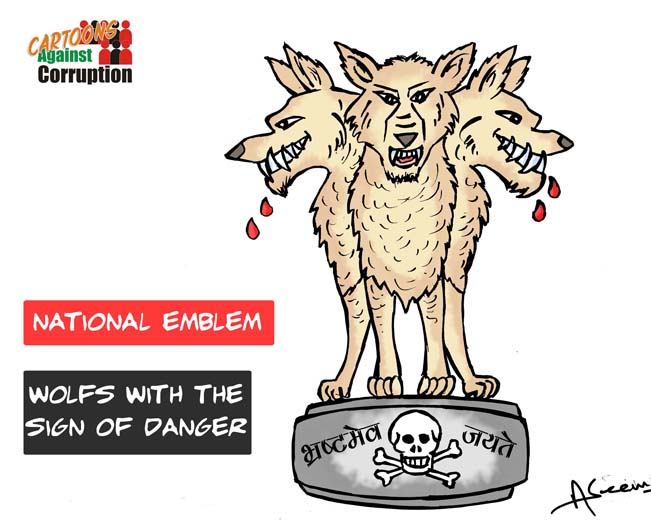
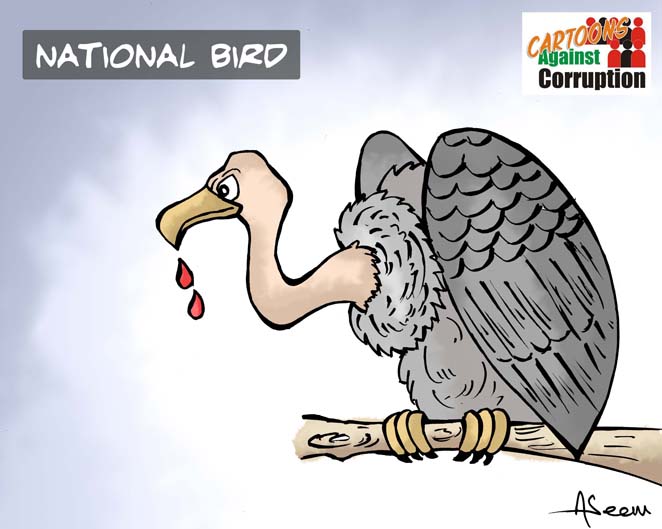

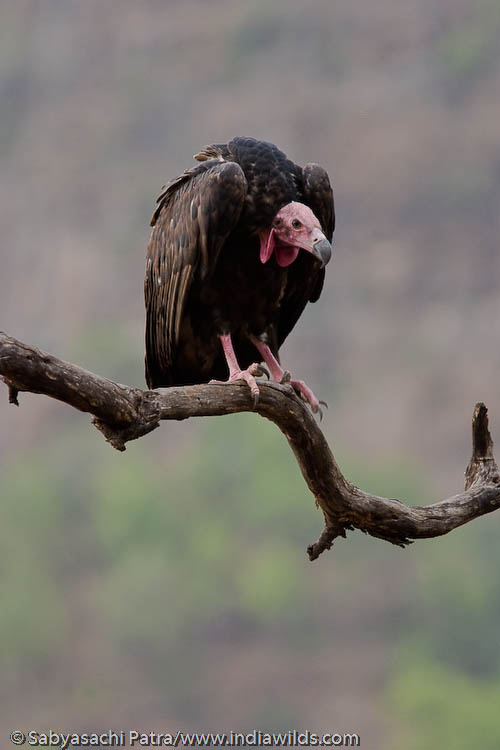
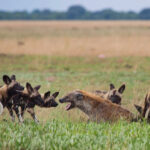


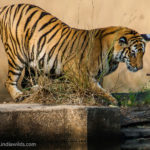
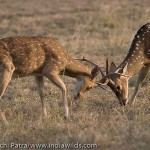
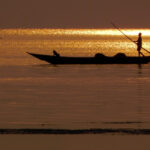




Patarji,
The insights into the wolves and vultures are very educative. That the wolves feed on zizyphus fruits is a pleasant surprise.
And Nehru not choosing the Bustard is amusing. 🙂
A very original angle, Sabyasachi, and perfectly valid. I had no idea wolves ate fruit.
Thanks Shovon!
Our perception of wolves is from the tales of shepherds (we used to read in school, and also the origin of the word Cry Wolf) as well as story books about black magic. Not many scientific studies have been done and whatever little has been done has remained in the scientific journals. So popular perception remains the same negative, as it was a century ago. Whereas wolves eat ziziphus and other fruits like Chikoo to survive, other carnivores like wild dogs, tigers eat grass and leaves for help in digestion and in cases when they have ringworm etc.
Cheers,
Sabyasachi
You have made enlightening observations. I was never thrilled by Mr Assem’s cartoons. Obviously, he doesn’t realise that wolves and vultures occupy rather noble stations in certain cultures.
Umashankar,
I am happy that you liked this piece. I am not a cartoonist, however, I have seen successful cartoons, poems, writings etc have many layers of meanings and can be enjoyed years later. I am not sure how much eyeballs these cartoons would have garnered if not for the Government’s actions in putting him behind bars, which gave him limelight like a shooting star.
I remember, in 1995 PETA and a few people filing a case against Milind Soman and Madhu Sapre for abusing a python’s dignity as they were photographed naked with a python for a Tuff Shoes advertisement. I have no idea if that brand is in business now. However, the human models in that advertisement were involved in a court case running for more than a decade. I wonder why none of those groups raised their voice now. We need to steadily build up the perception about our wildlife and wilderness areas, else we will lose the battle forever.
Cheers,
Sabyasachi
Hi SP
Thought provoking! Never looked at this aspect of those cartoons.
I only thought that Trivedi wanted to show the predatory nature of our corrupt ruling class – but it does have a negative impact on the creatures used to depict those characters.
No creature is vile and trhey all have a crucial role to play in nature. Today I posted some pictures of a caterpillar on Facebook and everyone loved them immensely.
The vulture jackal and wolves are being driven to extinction by man’s greed and stupidity they need support. a lot more than is being provided now.
I am glad to see you write about nature.
Hi Jayadev,
I am happy that you liked the angle.
I wrote this article as I feel we are not doing anything to change the false perception that has set in about our birds and animals. Our politicians often use the word “Rama Rajya” invoking the good governance during the rule of Lord Rama. If we read Ramayana, then we know that he came to know that a washerman had cast aspersions on Sita’s purity as she was kidnapped by Ravana. As a child I used to feel bad that Rama hearing about this public perception banished Sita to the jungle. I had felt that Rama was not right. However, we should look from the perspective of Rama as a ruler. Through this incident we understand that he used to understand and give a lot of importance to public perception. After all, most often we base our actions on perception rather than on facts. So we should also understand the present public perception about nature and wildlife and since it has moved away from the tenets of our religion and puranas etc, we should try to modify those perceptions by our writings, talks, photographs and films etc.
The Vultures are sacred not only to us Hindus, but to the Parsis. Religions which have been there for many thousands of years like Hinduism, Zorastrianism follow and worship the forces of nature and one can find vulture’s place in it. In the Tower of Silence, zorastrians or parsis place their dead to be scavenged by the vultures. They believe that the vultures can do it faster as opposed to burying the body in earth with the slow process of decomposition with the help of insects. The parsi religion strictly prohibits the disposal of the body by burying in the ground or throwing it in the sea or river or burning it. They feel those actions will pollute the earth. It is sad that those vultures are not on the verge of extinction. Who will then scavenge the dead and keep our ecosystem clean?
Sabyasachi
Very interesting study. I like the different take you have done on this.
You shared some very interesting facts about vultures and wolves. And, you rightly pointed out, no one stands for values or for what is right, it is all dikhawa and showbaazi that rules.